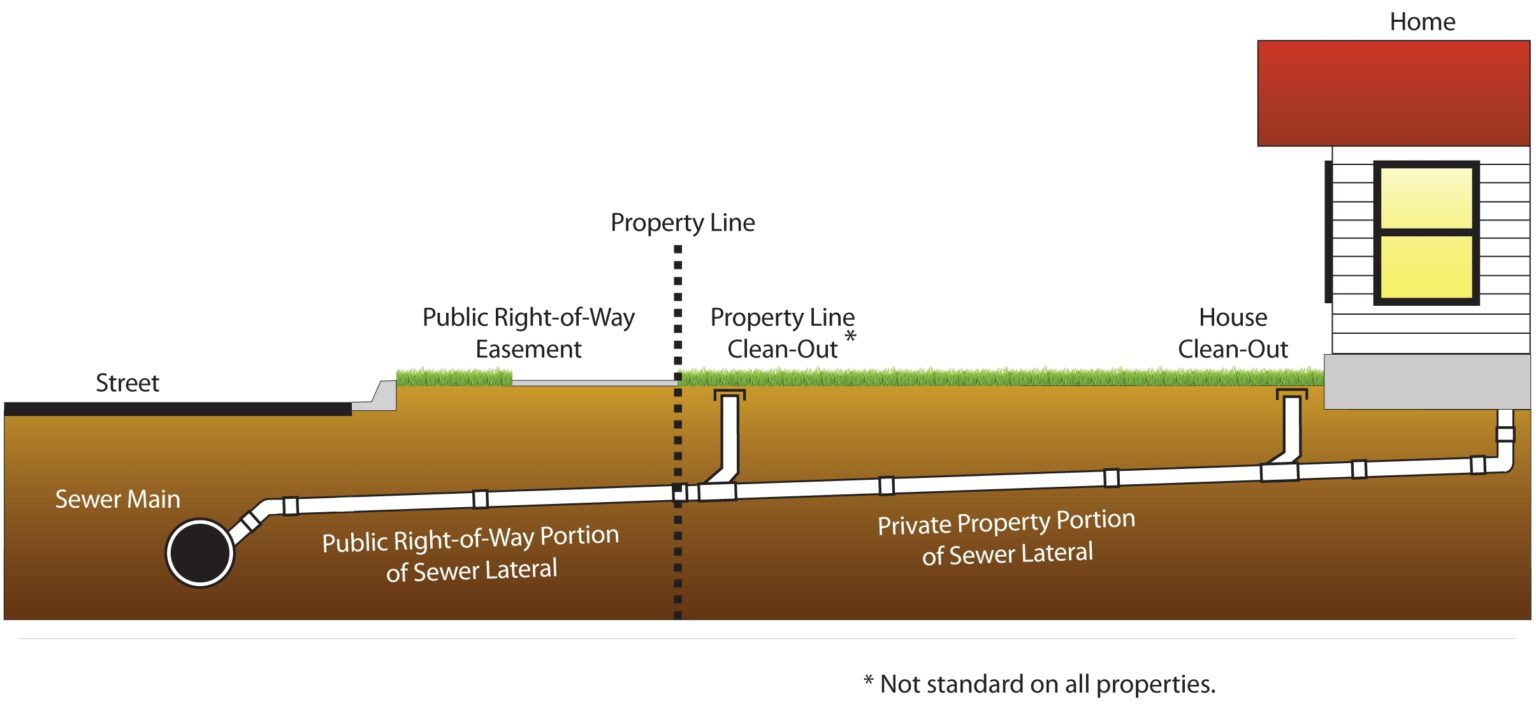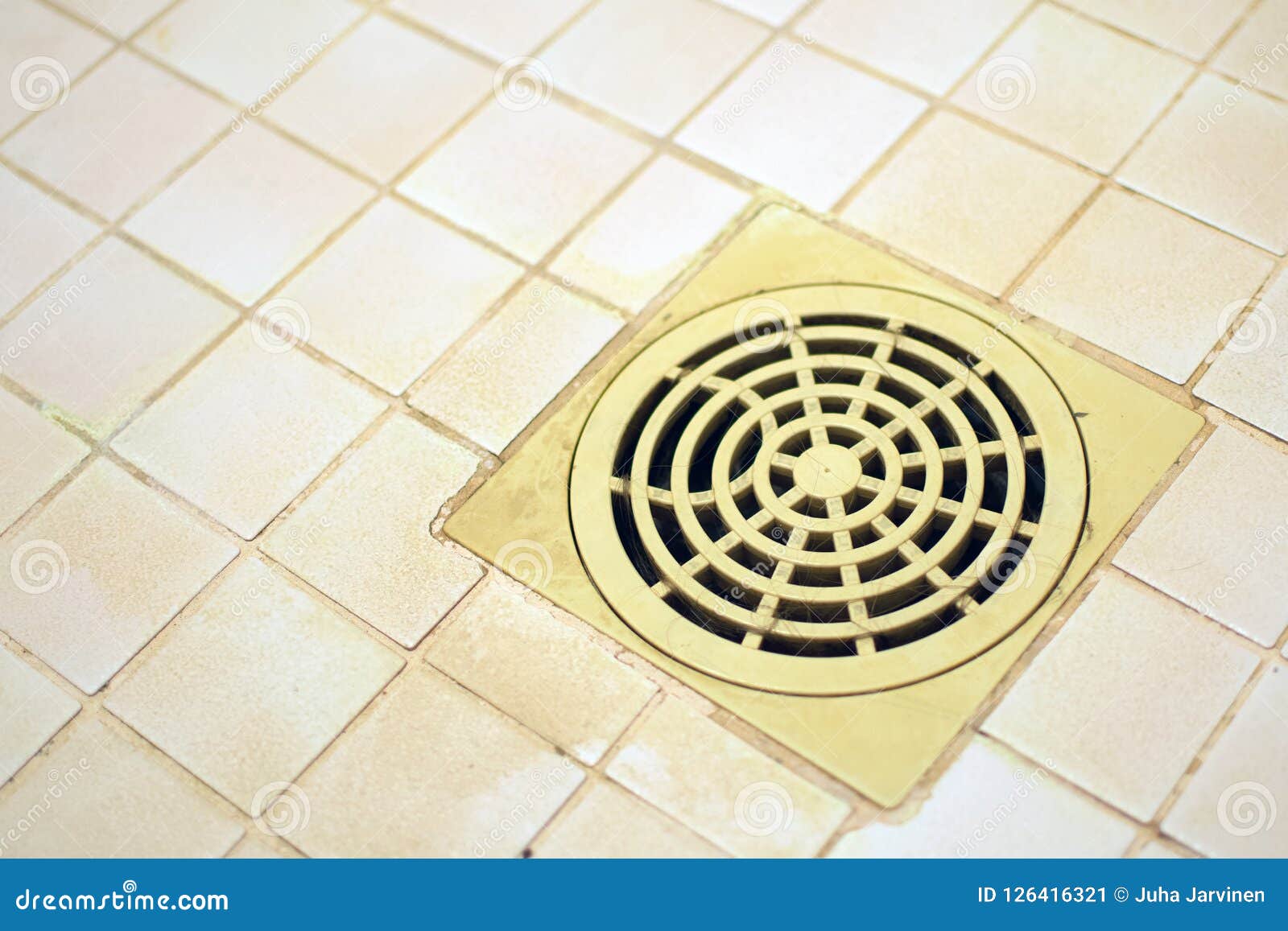Types of Floor Drains: Floor Drain In Residential Bathroom

Floor drains are essential components in residential bathrooms, effectively removing excess water and preventing flooding. Choosing the right type of floor drain is crucial for both functionality and aesthetics. This section delves into the common types of floor drains used in residential bathrooms, highlighting their materials, construction, and features.
Types of Floor Drains, Floor drain in residential bathroom
A variety of floor drain types are available, each with unique advantages and disadvantages. Here is a breakdown of the common types:
- Traditional Floor Drains: These are the most common type of floor drains, characterized by a round or square grate that covers a central drain opening. Traditional floor drains are typically made from cast iron, brass, or stainless steel. They are durable and reliable, offering a simple and effective solution for water drainage.
- Linear Drains: Linear drains, also known as trench drains, feature a long, narrow channel that runs along the length of the shower or bathroom floor. These drains are often made from stainless steel or other durable materials. Linear drains offer a sleek and modern aesthetic, particularly in contemporary bathroom designs. They are also beneficial for larger shower areas, allowing for better water drainage and reducing the risk of pooling.
- Tile Insert Drains: These drains are designed to blend seamlessly with surrounding tiles, creating a visually appealing and discreet drainage system. Tile insert drains are typically made from stainless steel or brass and are available in various sizes and finishes to match different tile styles.
- Shower Drain Covers: Shower drain covers are designed to enhance the aesthetics of a shower floor while providing drainage functionality. They are typically made from stainless steel, brass, or acrylic and come in various designs and finishes to complement the shower’s overall design.
Comparison of Floor Drain Types
The following table summarizes the pros and cons of different floor drain types:
| Type | Pros | Cons | Typical Applications |
|---|---|---|---|
| Traditional Floor Drain | Durable, reliable, affordable, easy to install | Can be less aesthetically appealing, may not be suitable for larger showers | Standard bathrooms, showers, laundry rooms |
| Linear Drain | Sleek and modern design, better water drainage, suitable for larger showers | More expensive than traditional drains, can be more challenging to install | Contemporary bathrooms, walk-in showers, larger shower areas |
| Tile Insert Drain | Blends seamlessly with surrounding tiles, visually appealing, discreet | Can be more expensive than traditional drains, may require more precise installation | Showers with tiled floors, bathrooms with a modern aesthetic |
| Shower Drain Cover | Enhances the aesthetics of a shower floor, various designs and finishes available | May not be as durable as other types of drains, can be more difficult to clean | Showers with a specific design aesthetic, bathrooms with a focus on visual appeal |
Traditional vs. Linear Drains
Traditional and linear drains are the two most common types of floor drains used in residential bathrooms. Traditional floor drains are a simple and cost-effective solution, while linear drains offer a more modern and stylish look.
Traditional floor drains are typically round or square, while linear drains are long and narrow. Traditional floor drains are often placed in the center of the shower floor, while linear drains are typically installed along the wall or in a corner.
Traditional floor drains are generally more affordable than linear drains, but they may not be as effective at draining water from larger shower areas. Linear drains are more expensive but offer better water drainage and a more contemporary look.
Installation and Maintenance

Installing a floor drain in a residential bathroom requires careful planning and execution to ensure proper drainage and prevent leaks. Regular maintenance is also crucial to keep the drain functioning efficiently and prevent clogs and other issues.
Installation
Installing a floor drain involves several steps, beginning with preparation and ending with testing and sealing. Proper installation is crucial to ensure the drain functions correctly and prevents leaks.
- Preparation: The first step involves preparing the area for installation. This includes clearing the space around the drain location, removing any existing flooring or fixtures, and marking the location of the drain. It is important to ensure that the drain is positioned in a location that allows for proper drainage and avoids any obstructions.
- Drain Placement: Once the location is determined, a hole needs to be cut in the subfloor to accommodate the drain. The hole should be large enough to allow for the drain body and the surrounding gasket to fit snugly. The drain body should be centered within the hole and secured to the subfloor using screws or other appropriate fasteners.
- Connection to the Drainpipe: After securing the drain body, the drainpipe needs to be connected to the drain. This involves connecting the drainpipe to the drain outlet, ensuring a secure and watertight connection. The drainpipe should be sloped downwards towards the main sewer line to facilitate proper drainage.
- Testing and Sealing: Once the drainpipe is connected, the drain should be tested for leaks. This involves running water through the drain and checking for any leaks at the connection points or around the drain body. Any leaks should be addressed immediately to prevent water damage. After testing, the drain should be sealed using a suitable sealant to prevent water from leaking into the surrounding area.
Maintenance
Regular maintenance is essential to ensure the proper functioning of the floor drain and prevent clogs, leaks, and other issues.
- Cleaning and Debris Removal: Regularly cleaning the floor drain is essential to prevent clogs. This involves removing any debris or hair that has accumulated in the drain using a drain cleaner tool or a brush. The drain should be cleaned thoroughly, including the drain body and the surrounding area. The frequency of cleaning depends on the usage of the bathroom, but it is generally recommended to clean the drain at least once a month.
- Checking for Leaks and Clogs: Regular inspection of the floor drain is crucial to detect any leaks or clogs. This involves checking for any signs of water leaking around the drain body or any signs of slow drainage. Any leaks or clogs should be addressed immediately to prevent further damage. It is also advisable to periodically check the drainpipe for any blockages or leaks.
- Replacing Worn-out Parts: Over time, the parts of the floor drain, such as the strainer, the gasket, or the drain body, may wear out. These parts should be replaced as needed to ensure the proper functioning of the drain. Worn-out parts can cause leaks, clogs, or other issues, leading to further damage and costly repairs.
Unclogging a Floor Drain
Unclogging a floor drain can be done using various methods, depending on the severity of the clog.
- Plunger: For simple clogs, a plunger can be used to dislodge the blockage. Place the plunger over the drain opening, ensuring a tight seal. Push and pull the plunger up and down vigorously to create pressure and dislodge the clog. If the plunger does not work, try using a drain snake.
- Drain Snake: For more stubborn clogs, a drain snake can be used to break up the blockage. Insert the drain snake into the drain opening and slowly work it down the drainpipe. Rotate the handle of the drain snake to break up the clog. Once the snake reaches the blockage, push it through the clog and pull it back out. Repeat this process until the clog is cleared. Be careful not to push the snake too far into the drainpipe, as this could damage the pipe.
- Chemical Drain Cleaner: Chemical drain cleaners can be used to dissolve clogs, but they should be used with caution as they can be corrosive and damaging to pipes. Follow the instructions on the product label carefully and ensure proper ventilation when using chemical drain cleaners. It is recommended to use chemical drain cleaners as a last resort, after other methods have failed.
Design and Aesthetics

Floor drains are an essential part of any bathroom, but they don’t have to be an eyesore. With careful design and selection, floor drains can be seamlessly integrated into the overall aesthetic of the bathroom, enhancing its functionality and visual appeal.
Floor Drain Integration into Bathroom Design Styles
Floor drains can be incorporated into various bathroom design styles to create a cohesive and visually pleasing space.
- Modern: In modern bathrooms, floor drains are often concealed or minimized to create a sleek and minimalist look. Recessed floor drains or those with a flush, minimalist design are popular choices. They can be seamlessly integrated into the floor tiles, creating a clean and uncluttered appearance.
- Traditional: Traditional bathrooms often feature ornate and decorative elements. Floor drains in these spaces can be adorned with decorative grates or covers that complement the overall design theme. Cast iron grates with intricate patterns or brass covers with a polished finish can add a touch of elegance to a traditional bathroom.
- Contemporary: Contemporary bathrooms embrace a blend of modern and traditional elements, often featuring clean lines and bold accents. Floor drains in contemporary bathrooms can be chosen to complement the overall style, with options ranging from sleek, stainless steel grates to unique, geometric designs that add a touch of personality to the space.
Decorative Grates and Covers
Decorative grates and covers can transform a simple floor drain into a stylish design element. They come in a wide variety of materials, finishes, and styles, allowing for customization to suit any bathroom aesthetic.
- Material: Decorative grates and covers are available in materials such as stainless steel, brass, bronze, cast iron, and even ceramic or porcelain to match the surrounding tiles.
- Style: Grates and covers can be found in various styles, from minimalist and modern to ornate and traditional. Some popular options include linear grates, circular grates, and custom-designed covers with intricate patterns.
- Finish: Grates and covers can be finished in a variety of ways to complement the overall bathroom design. Common finishes include polished chrome, brushed nickel, oil-rubbed bronze, and satin brass.
Floor Drain Cover Styles and Materials
| Style | Material | Pros | Cons |
|---|---|---|---|
| Linear | Stainless Steel, Brass, Bronze | Sleek and modern design, easy to clean, durable | May be more expensive than other styles |
| Circular | Cast Iron, Ceramic, Porcelain | Traditional and elegant look, can be customized with different patterns | May be more difficult to clean, can trap debris |
| Custom-Designed | Various | Unique and personalized design, can match the overall bathroom style | May be more expensive, can be difficult to find |
Floor Drain Placement and Bathroom Functionality
Floor drain placement is crucial for both aesthetics and functionality. Proper placement ensures efficient drainage and minimizes the risk of water damage.
- Shower Area: In shower areas, the floor drain should be positioned at the lowest point of the shower floor to ensure proper drainage. It should be located near the showerhead to prevent water from pooling and creating a slippery surface.
- Bathroom Floor: Floor drains in the main bathroom area should be placed strategically to prevent water from spreading. They can be located near the sink, bathtub, or toilet, depending on the layout of the bathroom.
- Accessibility: It’s important to consider accessibility when placing floor drains. In bathrooms with wheelchair access, the floor drain should be positioned in a location that is easily accessible for wheelchair users.
